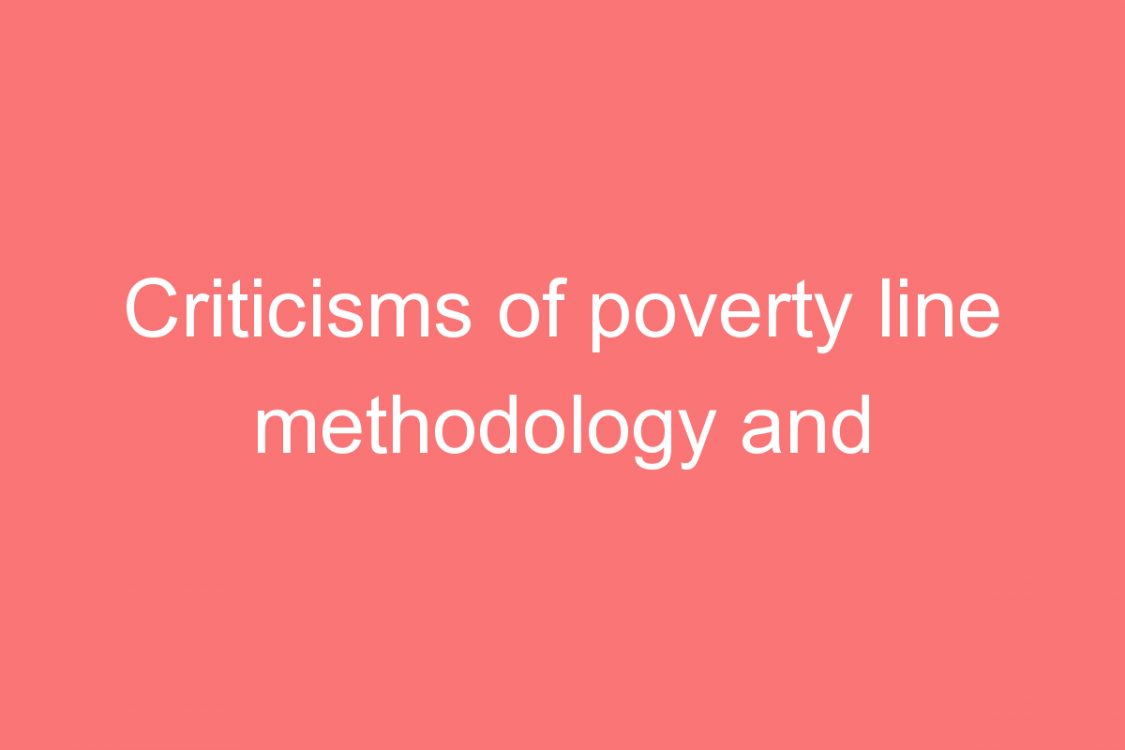It never consider the actual situation of the people in living in poverty and the calories based definition only address sedentary work in settings where income based definitions consider very minimal absolute base line of income or expenditure. These measurements never consider the multi-dimensions of poverty and the vulnerable sections that living in the edge of poverty. The planning commission can easily manipulate data to minimize the number of people under BPL category.
There have been numerous attempts to apply the capability approach to the measurement of poverty and well-being such as human development index, which covers income (opportunities), life expectancy, and education. In capability approach, Sen, says about five components to assess capabilities which are;
1. The importance of real freedoms in the assessment of a person’s advantage
2. Individual differences in the ability to transform resources into valuable activities
3. The multi-variate nature of activities giving rise to happiness
4. A balance of materialistic and non-materialistic factors in evaluating human welfare
5. Concern for the distribution of opportunities within society
In capability approach, poverty is understood as capability-deprivation or lack of capabilities (Balestrino, 1996). Sen did not given lists of capabilities because he believed that capabilities change according to person, situation, and culture and emphasized that it is better to concentrate on outcomes. As the Capabilities approach became very subjective in nature, there were doubts regarding the ability to operationalise the capabilities approach. Anand, et al. (2009) that it is possible to measure capabilities within the conventions applied to standard household survey design.
Capability approach will give broader understanding about the poverty and address different dimensions of poverty. It will address the capacity of individuals to get out from the poverty. It also help to create social policies that encompass different levels of people’s life.
1. Anand, Paul, Santos, Cristina, Smith, Ron. (2009). “The measurement of capabilities”, in Basu, Kaushik; Kanbur, Ravi, Arguments for a better world:
2. essays in honor of Amartya Sen 1, Oxford New York: Oxford University Press, pp. 283–310, ISBN 9780199239115
3. Balestrino, A. (1996). A Note on Functioning Poverty in Affluent Societies?, Notizie di Politeia, 12, 97-105.
4. Rath Nilakantha. (2011). Measurement of Poverty: In Retrospect and Prospect. Economic & Political Weekly. VOL XLVI NO 42

